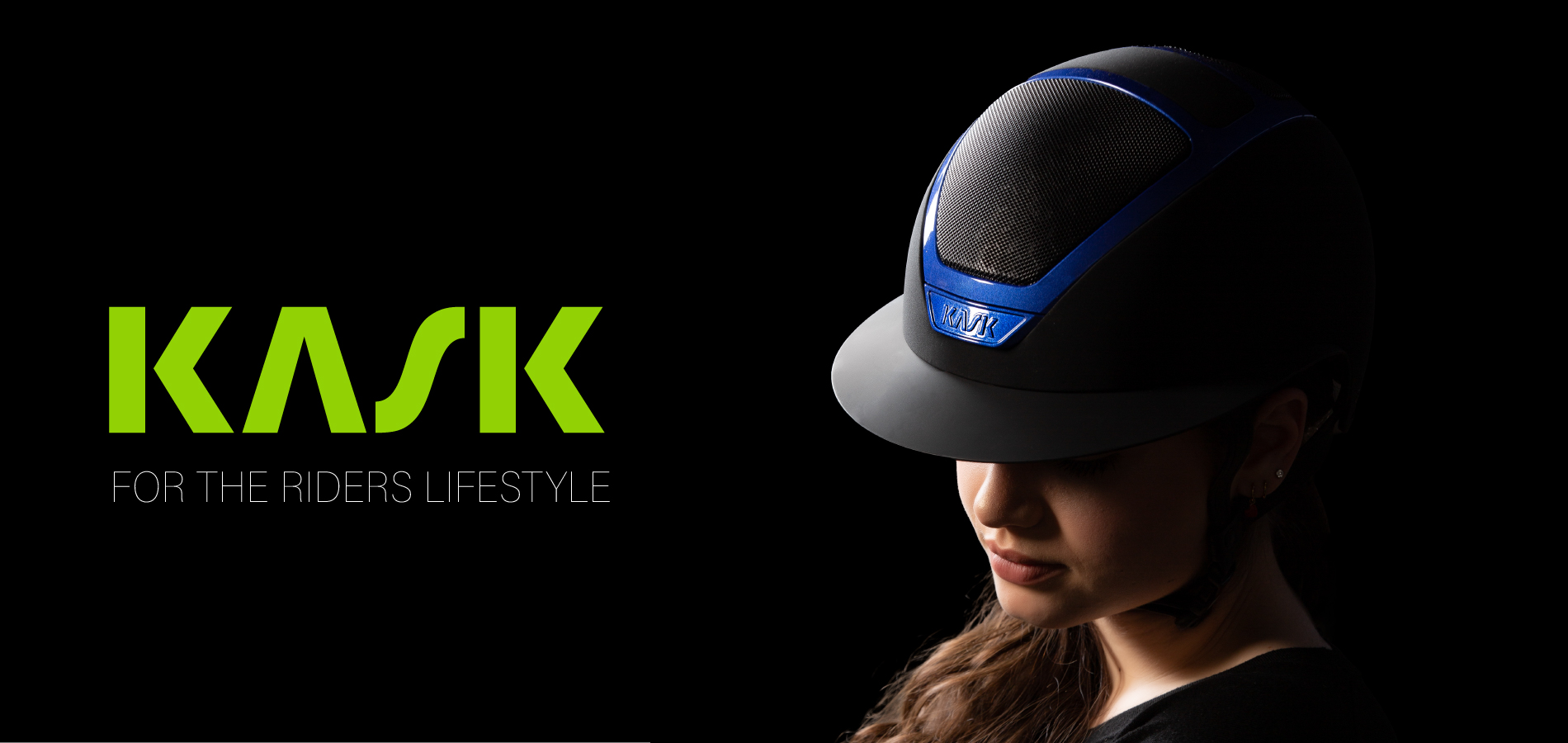Boots aren’t just a fashion accessory for your horse. They’re an important layer of protection against knocks, overreaching, brushing, or strain during work. A well-chosen boot supports the tendons, prevents interference injuries, and can boost confidence for both horse and rider.
When picking a boot, think about your horse’s conformation, workload, and the terrain. Some horses need extra support; others need simple strike protection. Always check that boots fit snugly without rubbing or restricting movement, and clean them after every use to avoid skin irritation.
A note on fit
Just like bits, correct fit is critical. A boot that’s too tight can cause pressure points and tendon strain, while a loose boot might slip and do more harm than good. Ensure the boot contours to the leg, fastenings are secure but not restrictive, and always watch for heat or swelling after a ride.
Tendon boots
These are the go-to for showjumpers. Tendon boots protect the horse’s front legs from brushing injuries, particularly when the hind hoof strikes the foreleg over a fence. They usually have a hard outer shell and soft lining for shock absorption and comfort.
Fetlock boots
Paired with tendon boots, fetlock boots are worn on the hind legs to protect against brushing injuries. They are smaller and often open-fronted to encourage careful jumping technique.
Brushing boots
Popular for schooling and hacking, brushing boots (or splint boots) guard the inside of the leg against knocks from the opposite leg or hoof. Made from neoprene or synthetic materials, they’re easy to wash and versatile across disciplines.
Over reach boots
Also known as bell boots, these wrap around the hoof and pastern to stop the horse from striking into the heel or pulling off a front shoe. Essential for horses prone to overreaching, especially when jumping or working on deeper footing.
Cross-country boots
Designed for the rigours of eventing phases, these offer full tendon and cannon bone protection, often with reinforced strike plates and water-resistant materials. They provide maximum defence against solid fences and rough terrain.
Pastern wraps
These small, lightweight wraps protect the delicate pastern area from knocks and scrapes. They’re a favourite for horses with close movement behind or those prone to small cuts and abrasions.
Support or stable boots
While not always used during riding, support boots (or standing wraps) are used in the stable or after exercise to support circulation, reduce swelling, and promote recovery.
Travel boots
Also known locally as boxing boots or trucking boots, these are essential for safe travel. Travel boots are tall, padded boots that cover from just below the knee or hock all the way down over the hoof, protecting delicate legs from knocks and scrapes in the horsebox or trailer.
Exercise bandages
Traditional and still favoured by many, exercise bandages offer tailored support to the horse’s lower legs during flatwork. When applied correctly, they help protect against knocks and minor strains. However, they do require careful wrapping to avoid uneven pressure that could cause injury.
Therapy boots
Magnetic or therapeutic boots aren’t used during work but play a key role in stable management. Designed to support circulation, reduce swelling, and help with recovery, they’re popular with riders who want to keep their horses feeling their best after a hard session.

















